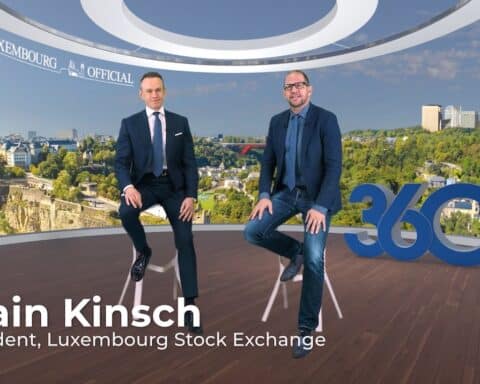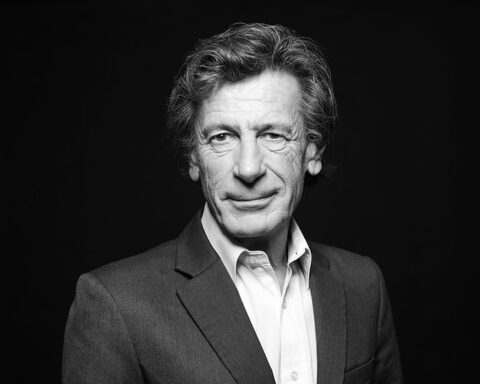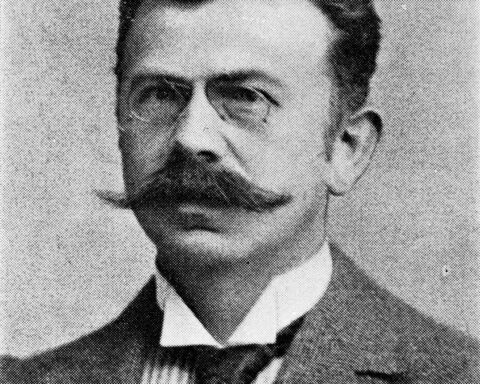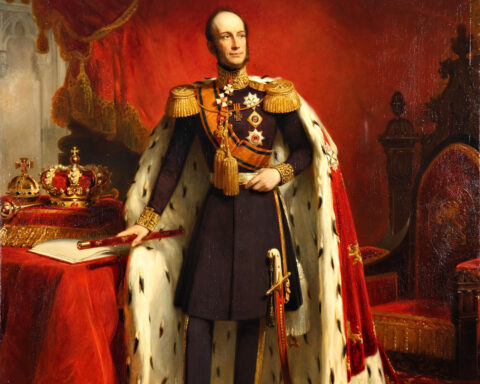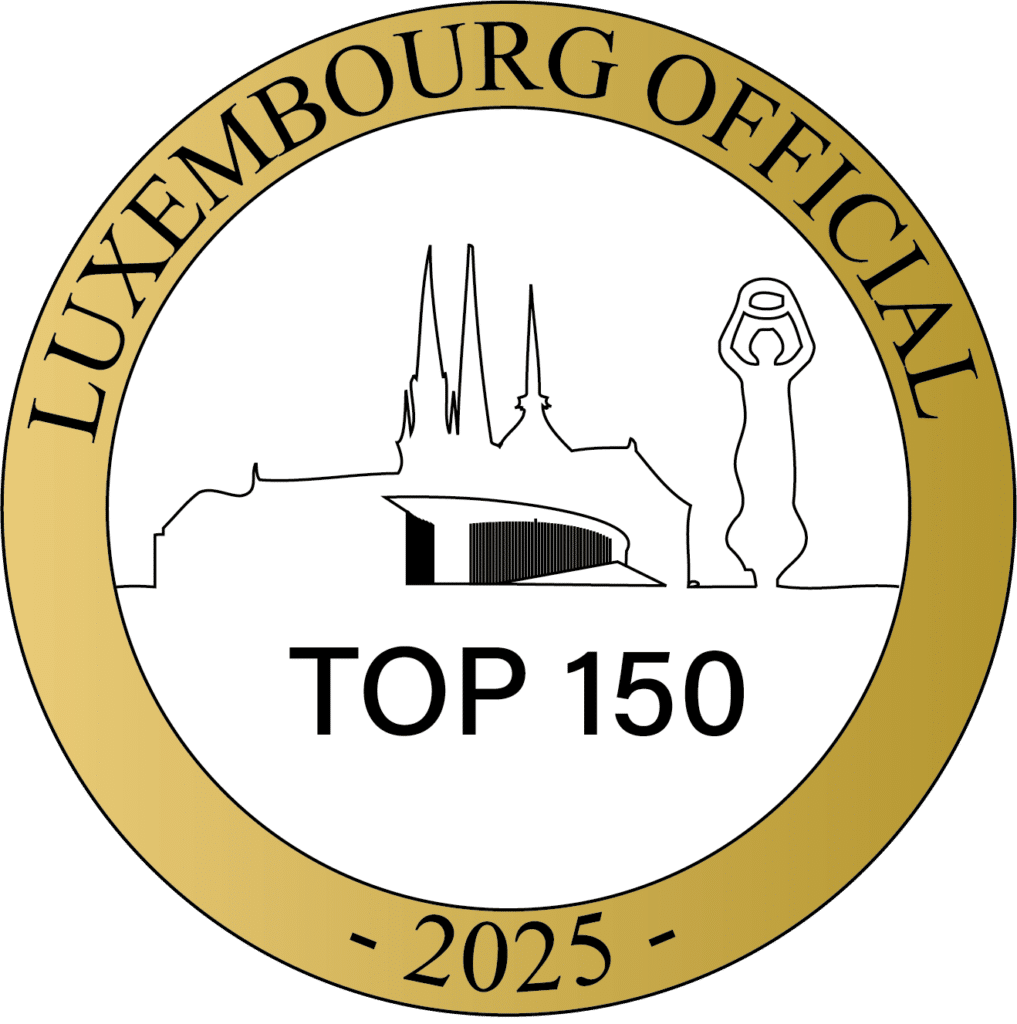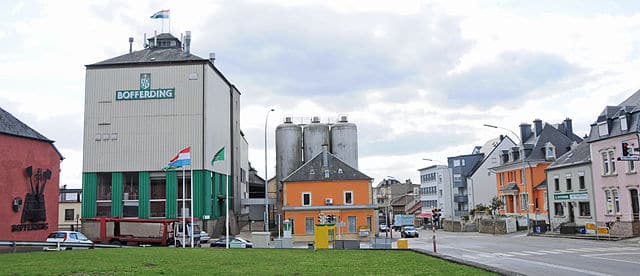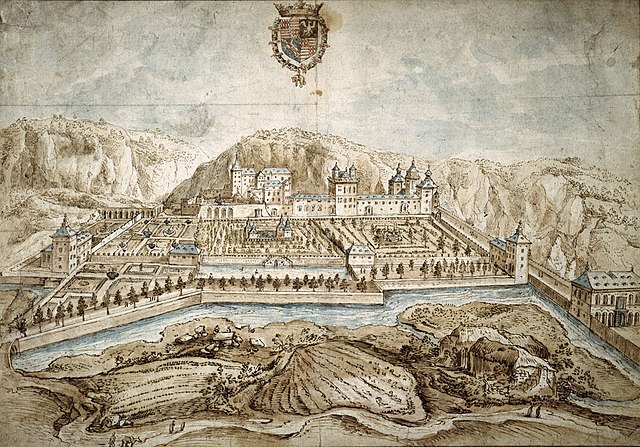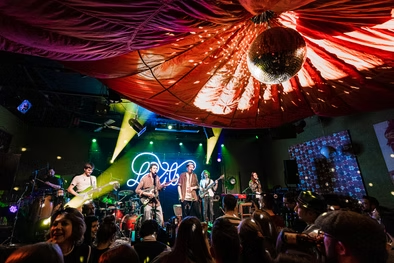Luxembourg, though modest in size, has developed a distinctive brewing tradition. From centuries-old monastic origins to the rise of modern craft breweries, the country presents a multi-faceted beer culture shaped by consolidation, innovation, and growing public interest in local production.
Monastic Origins to Industrial Expansion
The roots of brewing in Luxembourg can be traced to the 14th century, with monastic communities in Clausen likely producing beer for both consumption and income. By the 18th century, the sector had expanded to include commercial breweries, notably Funck-Bricher, founded in 1764 in the Grund district, and Bofferding, established in 1842 in Bascharage. These breweries modernised early, implementing mechanical processes in the 20th century and receiving international recognition for product quality. Funck-Bricher became the official supplier to the Grand Ducal Court in 1916, and both received prestigious awards during interwar exhibitions in Liège, Brussels, and Paris. In 1975, the two merged to form Brasserie Nationale, centralising production in Bascharage and discontinuing the Funck-Bricher brand. This merger marked a shift toward industrial consolidation. Further expansion occurred in 2004 with the acquisition of Battin, a brewery founded in 1937. By 2013, Brasserie Nationale controlled over 50% of the national beer market. The company also invested in modern facilities during the 1980s and 1990s and began offering public tours, positioning itself as both a major producer and an active participant in the country’s cultural and tourism sectors.
Growth of the Craft Sector and Small Breweries
While Brasserie Nationale dominated the mainstream market, Luxembourg also saw the rise of smaller, independent breweries that introduced new styles and practices. Letzebuerger Stad Brauerei began brewing under the Clausel brand in Clausen in 2007, reviving beer production in a historically significant area. In 2017, Totenhopfen launched with a focus on experimental brewing and later gained recognition beyond Luxembourg. Other notable producers include Beierhaascht, Den Heischter, Bare Brewing, and Twisted Cat, each contributing to a more diverse offering of beer styles, such as IPAs, unfiltered ales, and seasonal brews. These breweries emphasise limited-scale production, sustainable methods, and community engagement. Their growth reflects changing consumer preferences and a demand for locally sourced alternatives. The Luxembourg Craft Beer Festival, held annually in Kirchberg, features over 50 breweries and serves as a focal point for the industry. The event combines tasting opportunities with public programming and underscores the craft sector’s integration into national culture. Several producers now incorporate environmental initiatives such as water-saving technologies and recyclable packaging, aligning with broader shifts in production ethics and consumer expectations.
“Brewing is no longer solely about volume but increasingly about variety, sustainability, and cultural relevance.””
Industry Response and Ongoing Transformation
Major brewers have responded to the growing craft segment by adjusting strategies and exploring innovations. Brasserie de Luxembourg, which manages the Diekirch and Mousel brands and was formed in 2000, continues to play a role in the national beer landscape. While not a craft brewer, the company has acknowledged emerging market trends and maintained a stable consumer base. Though detailed information on new product lines remains limited, the brand’s ability to adapt within a changing industry remains under observation. Across the sector, brewing is no longer solely about volume but increasingly about variety, sustainability, and cultural relevance. Public engagement through festivals, brewery visits, and media coverage indicates a shift in how beer is perceived—as a product with historical depth, social significance, and evolving identity. Luxembourg’s brewing scene, once concentrated in large-scale operations, now includes a growing range of producers contributing to a dynamic and diverse ecosystem.

